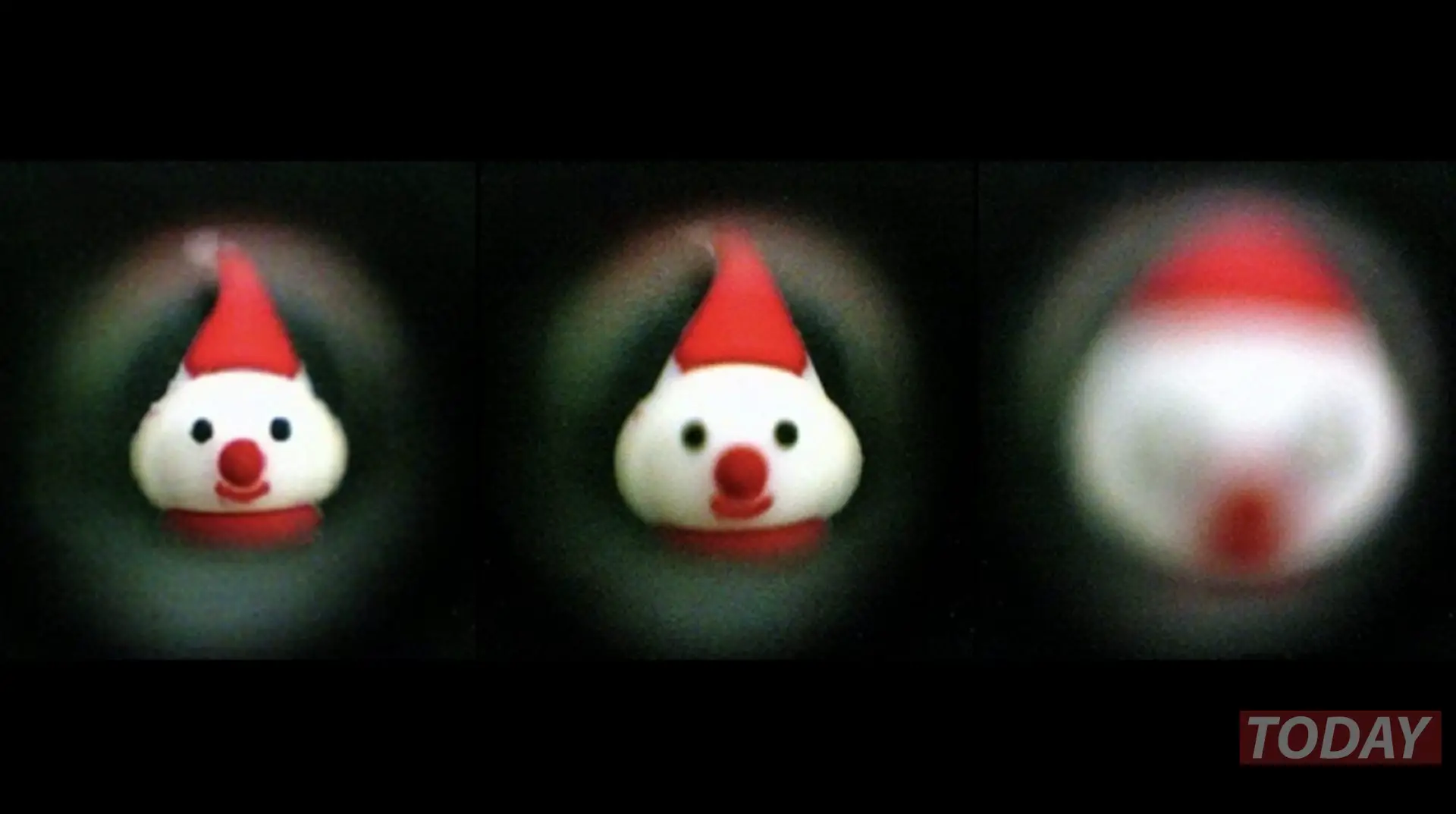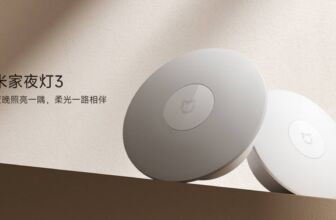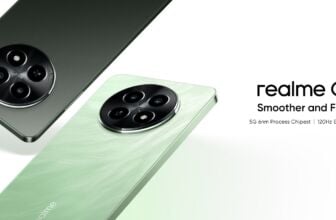
The first time we heard of liquid lens is with Xiaomi. The company presented one Xiaomi MIX 4 with a particular goal capable of unimaginable performance. Yet, a team of researchers went further and created a sort of evolution of that lens. They developed an adaptive lens based on an electrically sensitive liquid called dibutyl adipate (DBA). The goal is capable of change the focal length according to the applied voltage. But let's go and see the details together.
After Xiaomi, a team of researchers created a liquid lens that behaves like a human eye. Here's how it works in detail
The developers claim that the liquid lens will soon be able to completely replace the solid one. This will create a smartphone camera (and more) with the ability to quickly change the focal length keeping the smartphone body slim the same. The absence of metal elements means that these lenses can be used for many years without any wear. The development weighs only a few grams, but it shows good optical performance.
To create a liquid lens, the electrode coated with a water repellent layer is completely filled with liquid DBA. For this reason it forms a dome. The application of direct current causes the accumulation of liquid molecules on the anode, changing the dome shape according to the intensity of the tension. Therefore, the focal length is adjusted. Removing the electric field returns the liquid to its original shape.

This new goal is a lot more efficient than existing analogs. The lenses electrowetting (this is the name) they use a liquid that also requires a dielectric film to separate it from the metal electrode. The liquid DBA lens it is not affected by evaporation or electrolysis and since it is in direct contact with the electrode and an insulating layer is not required.
Initial tests showed that the optical transmittance is approximately 95% in the visible wavelength range from 390 to 780 nm. The characteristics of the lens do not change either at room temperature or at almost +93 ° C. By increasing the applied voltage from 0 to 100 V it is possible to change the focal length from 7.5 to 13.1 mm. Moving forward, the researchers will focus on improved response speed and on increasing resolution. They also plan to reduce the effect of gravity on the DBA fluid so they can create bigger goals.








